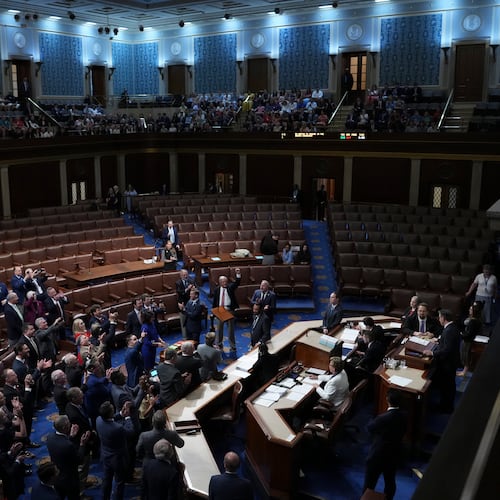Last week’s announcement that Borders, the nation’s second biggest book retailer, would be going out of business was a lot easier for me to understand than how such a store ever got to be so big in the first place.
Growing up in Atlanta in the 1970s, most people I knew bought their books at Rich’s. The book department took up no more square footage than housewares or linens, which seemed about right considering the role books played in most people’s lives.
A few neighborhood stores dotted the city, but they weren’t the focal point of anybody’s world, except the families who depended on them for the modest living owning such a shop would afford.
Mall bookstores appeared around then, too, on a scale comparable to stores selling luggage, electronics or stationery, items people needed, enjoyed or had a taste for, but not as essential to daily life as groceries, clothes or pharmacy needs. The size and location of these stores reflected where books fit into our culture at large.
When I became a bookseller in San Francisco in the 1980s, it was in a tiny out-of-print store in one of the worst neighborhoods in the city. A bookseller had no reason to expect that most people would want to buy books, so to stay in business, overhead had to be low. Our customers expected such a dingy, inconvenient locale; being book lovers gave them an affection for adventure and an appreciation for the idiosyncratic.
We knew that the books we were selling weren’t popular but that to the people who wanted them, they were valuable. We catered to passions. We sold books to history buffs, railroad enthusiasts, lovers of literature and art; nobody’s idea of “mainstream” consumers.
Soon book superstores such as Borders started to appear. They were huge, beautiful and located in the most desirable shopping centers. They even became anchors of new retail developments.
Like the dot-com boom and the housing boom, the book superstore boom was always unfathomable to me. The publishing business had historically been an unruly network of operations run by wealthy folks who happened to have a thing for books.
In order to fill the shelves of all of these newly minted book emporiums, the industry morphed into a few corporate giants producing vast print runs of titles that would appeal to a few thousand readers. While studies indicated that Americans read fewer books, not more, these stores continued to mushroom and supposedly were making money.
The standard wisdom is that Borders was slow to respond to Amazon, which first offered a bigger selection at better prices, and later the Kindle, which made purchasing books seem to many readers beside the point.
What goes unsaid is that it never made sense that books, which most Americans care little about, should maintain such a prominent position in our retail landscape.
What drew Amazon founder Jeff Bezos to book selling wasn’t how popular they were but how easily they could be shipped. After burning through billions in investment capital to work out the kinks of its revolutionary vision for retailing, Amazon now sells much more than just books.
With Borders’ demise, the conventional wisdom continues, independent bookstores are primed for a comeback. The question is, a comeback to what? Readers continue to migrate to electronic devices. The Internet has erased the thrill of hunting for out-of-print books and their monetary value. Few people will pay retail for new books.
Yes, certain people enjoy browsing through books and interacting with others who share their passion, but for a bookseller, there is little reward: The market and the profit margin for books are rapidly shrinking.
Still, bookstores might very well come back. Back to the humble little corners of our culture where they should have never left.
Frank Reiss of Decatur owns A Cappella Books in Atlanta’s Little Five Points.
About the Author
Keep Reading
The Latest
Featured


